Department News
Department News

Professor Christy Haynes delivers TEDxMinneapolis talk: “How nanoparticles can help solve the global food crisis”
Posted
This fall, Professor Christy Haynes delivered a TEDxMinneapolis talk on a key solution to food insecurity. Her talk, “How nanoparticles can help solve the global food crisis,” outlines the Haynes Group’s research on the positive effects of silicic acid on agricultural outcomes.

Roberts Group awarded $1.9M National Institutes of Health grant for aryne difunctionalization research
Posted
The Roberts Group, led by Assistant Professor Courtney Roberts, has been awarded a Maximizing Investigators' Research Award (MIRA) from the National Institutes of Health (NIH) for their continuing catalysis research in the area of aryne difunctionalization reactivity. The award amount of $1,874,339 will be distributed over 5 years to support the ongoing project here at the University of Minnesota.
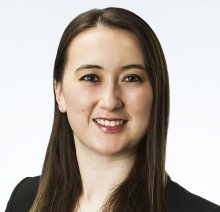
Professor Jessica Lamb awarded thrice for catalysis research
Posted
Department of Chemistry Assistant Professor Jessica Lamb has been recognized three times so far in 2022 for her catalysis research and impact as a non-tenured faculty member at the University of Minnesota-Twin Cities.
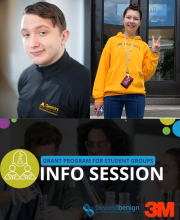
ACS-UMN Student Chapter President & VP present at Beyond Benign webinar
Posted
Two undergraduate Chemistry students presented at Beyond Benign’s Grant Program Info Session for MSI Student Chapters late last month. American Chemical Society - University of Minnesota Chapter (ACS-UMN) President Josh Gann and Vice-President Carolyn Dewey were featured speakers at the event.
Minnesota researchers discover key feature in invasive cancer cell migration
Posted
In a recent paper, published in Nature Materials, an international team of researchers led by Professor David Odde in the Department of Biomedical Engineering at the University of Minnesota has demonstrated that cancer cells can migrate from regions of high stiffness to regions of lower stiffness.
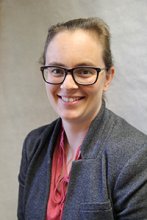
Associate Professor Renee Frontiera receives Department of Energy grant for solar photochemistry research
Posted
University of Minnesota Twin Cities Department of Chemistry Associate Professor Renee Frontiera has received $635,000 from the Department of Energy (DOE) Office of Science for her research on solar photochemistry. Her project will focus on using advanced Raman spectroscopy techniques to improve the design of molecular systems for solar energy conversion.
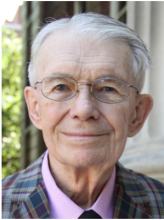
In memoriam: Professor Emeritus Wayland E. Noland (12/08/1926 - 10/04/2022)
Posted
Professor Emeritus Wayland E. Noland passed away on October 4, 2022 at the age of 95. He first arrived on campus 71 years ago, followed by a 64-year faculty career, giving him the distinction as the the longest-serving tenured faculty member in University of Minnesota history. For the many people whose time in Chemistry falls within Prof. Noland’s notable career, it is difficult to think of the department without him.

Chemistry Faculty Search 2022
Posted
The Department of Chemistry seeks to fill two tenure-track or tenured faculty positions beginning immediately.

Chemistry Represents at University on the Prairie
Posted
After a two year pandemic break, University on the Prairie returned to the UMN Southwest Research and Outreach Center.
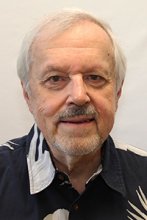
Professor Truhlar Eclipses the 200,000 Citations Mark
Posted
Regents Professor Donald Truhlar has been cited over 200,000 times according to Google Scholar, with 24 articles each reaching 1,000 or more citations.